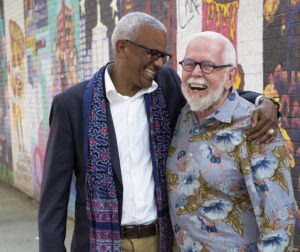The present and future of long-term services and support
The number of Americans needing long-term care will more than double by 2050, increasing to 27 million from 12 million in 2010, according to a Visualizing Health Policy infographic, a joint effort of JAMA and the Kaiser Family Foundation.
The infographic gives an overview of long-term services and support (LTSS) in the United States. Some other points:
- Paid long-term care providers give care to 13% of the 12 million Americans who need it. Of this group, 70% to 80% are home health aides, nursing assistants and personal care aides, and 20% to 30% are physicians, nurses and therapists.
- Unpaid family members provide long-term care to 87% of those who need it.
- Medicaid pays for 40% of the $357 billion spent on long-term care every year, based on 2011 data. Services were paid by Medicare post-acute care 21% of the time, through out-of-pocket payments in 15% of cases and by private insurance 7% of the time.
- Long-term care costs overall have been increasing, and Medicaid spending on long-term care has been shifting to home- and community-based care. In 1995, home- and community-based care accounted for 20% of the $54 billion spent on long-term care, and in 2011, home- and community-based care accounted for 45% of the $123 billion spent on long-term care.
- Research shows that 70% of seniors will need LTSS because of physical and cognitive impairments, and the average length of time an adult will need assistance with activities of daily living is 3 years.
- 48% of Americans aged at least 40 years think that almost everyone will need long-term care as they age, but only 35% of this age group has set aside money to pay for their care.
Publication of the infographic follows the release of other information about LTSS earlier this week by the AARP's Public Policy Institute, which stressed the important role that future policy decisions will play in ensuring that needs are addressed.

Lois A. Bowers was senior editor of I Advance Senior Care / Long-Term Living from 2013-2015.
Related Articles
Topics: Clinical , Executive Leadership , Medicare/Medicaid










